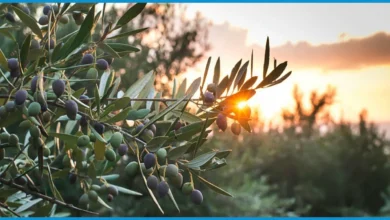4 High-Protein Recipes Tailored for Athletes

Athletes sweat the details, but they’re also getting sweaty in pursuit of their fitness goals. That kind of dedication demands a fuel that can keep up — enter high-protein recipes. Protein isn’t just a buzzword for bodybuilders; it’s the bedrock of any active person’s diet, crucial for muscle recovery, growth, and overall peak performance on the track, field, or gym. But protein doesn’t have to be bland and boring. Here are four recipes that pack a palatable punch of protein perfect for replenishing an athlete’s reserves.
The Protein Paradigm for Performance
If you’re an athlete, or pushing your body in any physical capacity, protein is your ally. Not only does it assist in regenerating your muscles after an intense workout, but it’s also a power source to keep you going when the going gets tough. Each of these recipes is carefully crafted to maximize your protein intake, giving you the tools you need to achieve your goals, however lofty they might seem.
But what’s a protein-packed meal without the balance of other essential nutrients? Athletes need a rounded diet, filled with carbs for energy, healthy fats for critical processes, and vitamins and minerals to ensure everything in your body runs like a well-oiled machine. These recipes don’t just stop at protein; they’re full of the good stuff that will have you ready to conquer your next challenge.
The Pantry Heroes that Supercharge Your Body
Before we go headfirst into the kitchen, it’s important to understand what makes the ingredients in these recipes so significant.
Salmon: Rich in omega-3 fatty acids and high-quality protein, salmon is a superstar for athletes. Its anti-inflammatory properties can speed up muscle recovery and support cardio health.
Quinoa: A complete protein source, quinoa is also packed with fiber and a plethora of micronutrients. Plus, it’s gluten-free, making it an ideal option for a large subset of athletes with special dietary needs.
Chicken: A lean meat loaded with protein, chicken is a great muscle-repair food with ample amounts of B vitamins that aid in energy production.
Eggs: Nature’s original protein bomb, eggs are an inexpensive, powerful protein source brimming with nutrients crucial for recovery and growth.
Pair these ingredients with a variety of fresh vegetables, beans, and whole grains, and you have a plate that satisfies in taste and nutritional value.
Cooking for Athletes – It’s More than Just the Meal
Fueling your body as a high-performing athlete goes beyond just what you eat. Preparation is key; planning your meals, portioning your portions, and making sure you have balanced combinations ready to go can be just as critical as your time in the gym.
When it comes to preparation, the trick is to batch-cook and freeze. Spend a Sunday afternoon cooking up a few portions of your favorite recipes, divide them into meal-specific containers, and pop them in the freezer. Suddenly, you have quick-access, high-protein meals that fit seamlessly into your training regimen.
Now, without further ado, get ready to hit the kitchen.
Recipe #1: Seared Tuna with Quinoa and Roasted Vegetables
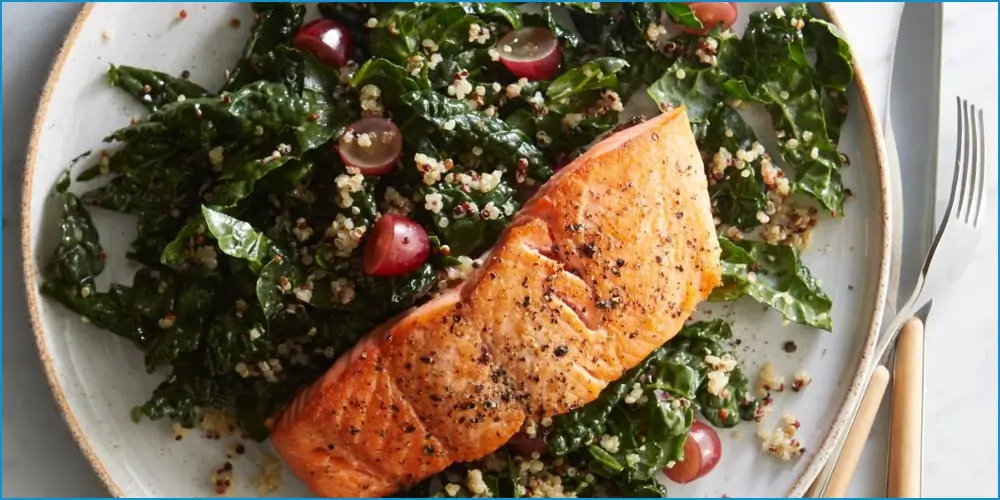
Ingredients
For the Tuna:
- 2 tuna steaks
- 1 tablespoon olive oil
- Salt and pepper to taste
For the Quinoa:
- 1 cup quinoa
- 2 cups water
For the Roasted Vegetables:
- Selection of your favorite vegetables, diced (bell peppers, zucchini, cherry tomatoes, etc.)
- 1 tablespoon olive oil
- 1 teaspoon dried herbs of your choice (thyme, rosemary, or oregano)
Nutritional Breakdown
Protein: 36g
Carbohydrates: 44g
Fats: 17g
Calories: 478
Fiber: 7g
Iron: 2.5mg
Instructions
- Preheat your oven to 400°F (200°C).
- Cook quinoa according to package instructions.
- Toss the diced vegetables with olive oil, herbs, salt, and pepper. Spread onto a baking sheet and roast for 25-30 minutes, or until vegetables are tender.
- Season the tuna steaks with salt and pepper. In a hot skillet with olive oil, sear the tuna for 1-2 minutes on each side for a rare to medium-rare cook.
- Serve the seared tuna with the quinoa and roasted vegetables.
Why It’s Athlete-Friendly
This dish is not only a protein powerhouse but also a complete meal with quinoa offering complex carbs and essential amino acids, while the roasted vegetables add a variety of antioxidants to support recovery.
Recipe #2: High-Protein Chicken Burrito Bowl

Ingredients
For the Chicken:
- 1 pound chicken breast, diced
- 1 tablespoon olive oil
- 1 tablespoon taco seasoning
For the Black Beans:
- 1 can of black beans, drained and rinsed
- 1 teaspoon ground cumin
- Salt to taste
For the Rice:
- 1 cup brown rice
- 2 cups water
For the Bowl Assembly:
- Avocado, sliced
- Salsa
- Lime wedges
Nutritional Breakdown
Protein: 40g
Carbohydrates: 90g
Fats: 19g
Calories: 670
Fiber: 25g
Calcium: 250mg
Instructions
- Cook rice according to package instructions.
- Heat a skillet with olive oil, add diced chicken, and sprinkle with taco seasoning. Cook until no longer pink in the middle.
- In a separate pot, warm the black beans with cumin and salt.
- Divide the chicken, rice, and beans into bowls, then top each with avocado, salsa, and a squeeze of lime.
Why It’s Athlete-Friendly
This bowl brings together all the components of a classic burrito, with an added emphasis on protein. It’s also incredibly versatile; mix up the veggies, swap out the rice for quinoa, the chicken for beef, or keep it meat-free with more black beans.
Recipe #3: Egg White Omelette with Spinach and Feta
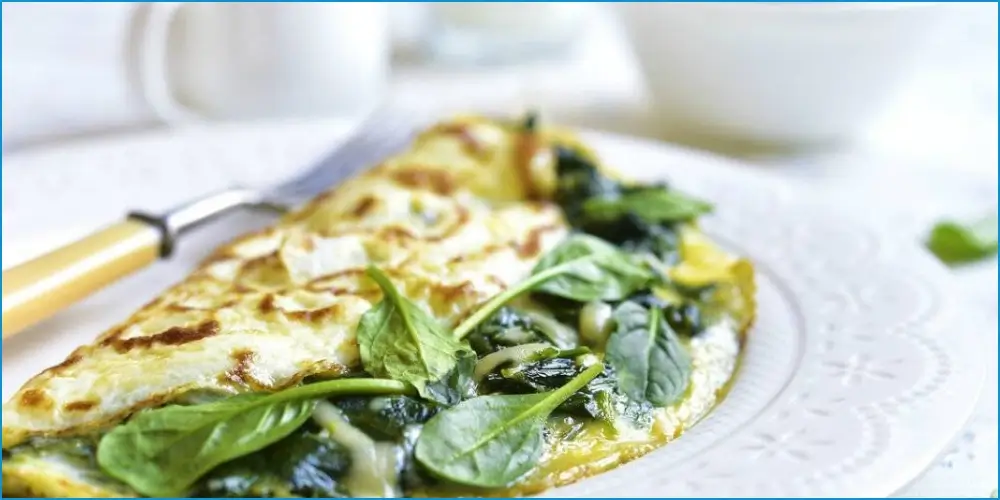
Ingredients
For the Omelette:
- 6 egg whites
- 1 cup fresh spinach
- 2 tablespoons crumbled feta cheese
- Salt and pepper to taste
Nutritional Breakdown
Protein: 30g
Carbohydrates: 4g
Fats: 6g
Calories: 200
Iron: 3mg
Vitamin A: 565IU
Instructions
- In a bowl, whisk the egg whites until slightly frothy.
- Heat a non-stick skillet over medium heat and spray with cooking spray.
- Pour in the egg whites, and top with spinach and feta. Season with salt and pepper.
- Once the edges have set and the bottom is golden, fold the omelette in half and cook for another minute.
- Slide onto a plate and enjoy.
Why It’s Athlete-Friendly
A high-protein breakfast can set the tone for the rest of your day; this omelette offers just that, with the added benefits of spinach for iron and feta for bone-strengthening calcium.
Recipe #4: Protein-Packed Salmon Salad
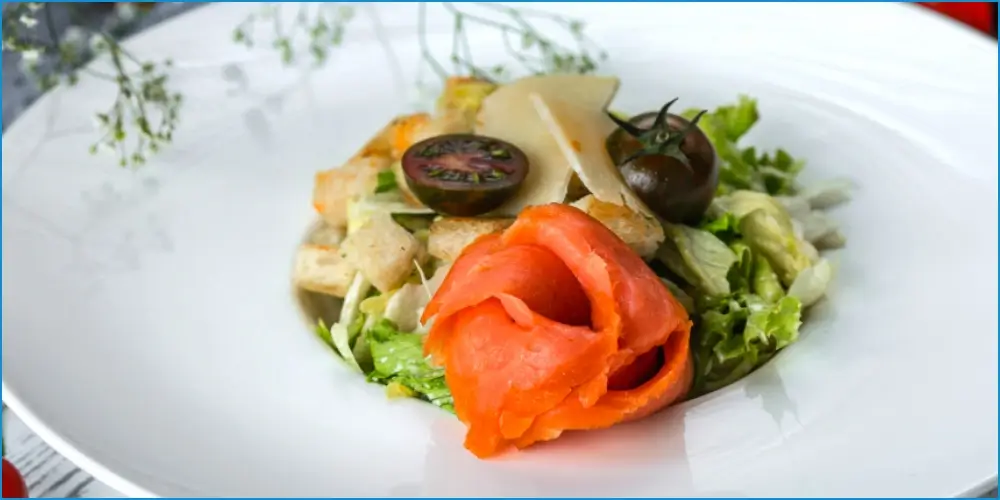
Ingredients
For the Salad:
- 8 ounces cooked salmon, flaked
- Mixed salad greens
- 1 cup assorted raw vegetables (cucumbers, cherry tomatoes, bell peppers, etc.)
For the Dressing:
- 2 tablespoons extra virgin olive oil
- 1 tablespoon balsamic vinegar
- 1 teaspoon Dijon mustard
- Salt and pepper to taste
Nutritional Breakdown
Protein: 35g
Carbohydrates: 16g
Fats: 18g
Calories: 425
Fiber: 4g
Potassium: 1.2g
Instructions
- In a small bowl, whisk together the olive oil, vinegar, mustard, salt, and pepper to make the dressing.
- In a larger bowl, combine the flaked salmon with the salad greens and mixed vegetables.
- Drizzle the dressing over the salad and toss to coat.
- Divide the salad into serving bowls and enjoy.
Why It’s Athlete-Friendly
Salmon is a fantastic source of omega-3 fatty acids, which aid in reducing inflammation, decreasing muscle soreness, and improving cardiovascular health. Paired with fresh vegetables and a balanced dressing, this salad is a true treasure for athletes’ bodies.
We think you may be interested in reading this, too: Unlocking the Power of Tea Antioxidants
The Champion’s Feast Awaits
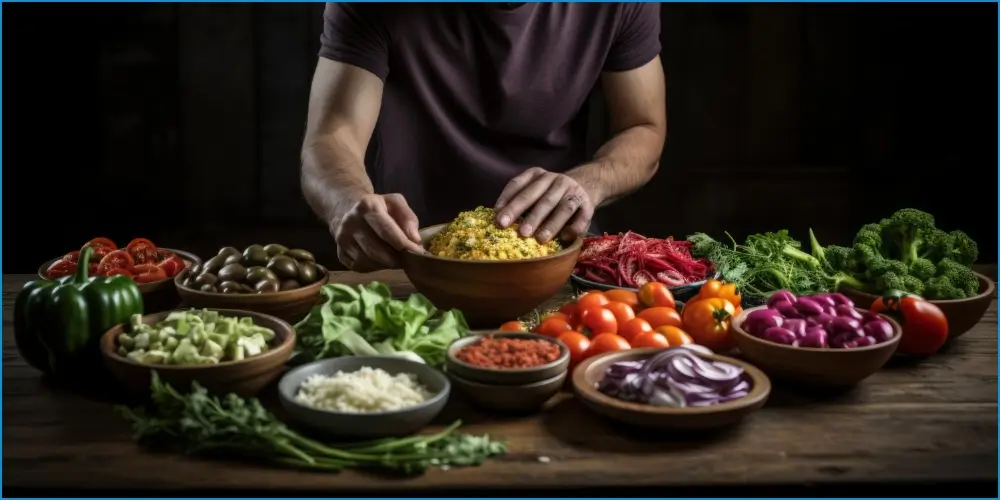
Each of these recipes offers a different way to achieve a high-protein, nutrient-dense diet that’s beneficial for athletes and anyone looking to enhance their physical well-being. Remember, nutrition is as personal as performance, so tailor these recipes to your taste, dietary restrictions, and body’s unique needs.
Incorporate these dishes into your weekly meal plan, and watch as your body bikes, runs, or lifts its way to new heights, powered by the incredible, edible energy of protein. So, lace up your kitchen shoes, prepared to cook like a champion.
Frequently Asked Questions (FAQ)
Q1. Can I substitute another type of fish for the salmon in the Protein-Packed Salmon Salad?
A1. Absolutely! While salmon is recommended for its high omega-3 fatty acid content, you can substitute it with other fatty fish like mackerel, trout, or even canned tuna if you prefer. Just adjust the cooking time accordingly.
Q2. I’m vegetarian. What can I use instead of chicken or tuna in these recipes?
A2. For vegetarians, a great protein alternative could be tofu or tempeh for the chicken, and chickpeas or lentils for the tuna. These substitutes not only blend well with the flavors but also maintain the nutritional integrity of the dishes.
Q3. What are some gluten-free options for these recipes?
A3. All these recipes can be made gluten-free by ensuring the ingredients, such as taco seasoning or sauces, are gluten-free brands. For a gluten-free base, quinoa can replace rice, and corn tortillas can be a substitute for any bread.
Q4. How can I make these recipes vegan-friendly?
A4. To veganize these recipes, utilize plant-based proteins such as beans, lentils, and soy-based products like tofu. For the egg white omelette, a chickpea flour batter makes an excellent egg-free base. Vegan cheese can replace feta, and dairy-free dressing options can be used.
Q5. Are these dishes suitable for meal prep?
A5. Yes, all these recipes are suitable for meal prep. They can be prepared in advance and stored in the refrigerator. We recommend keeping dressings and toppings separate until ready to eat to maintain freshness.

